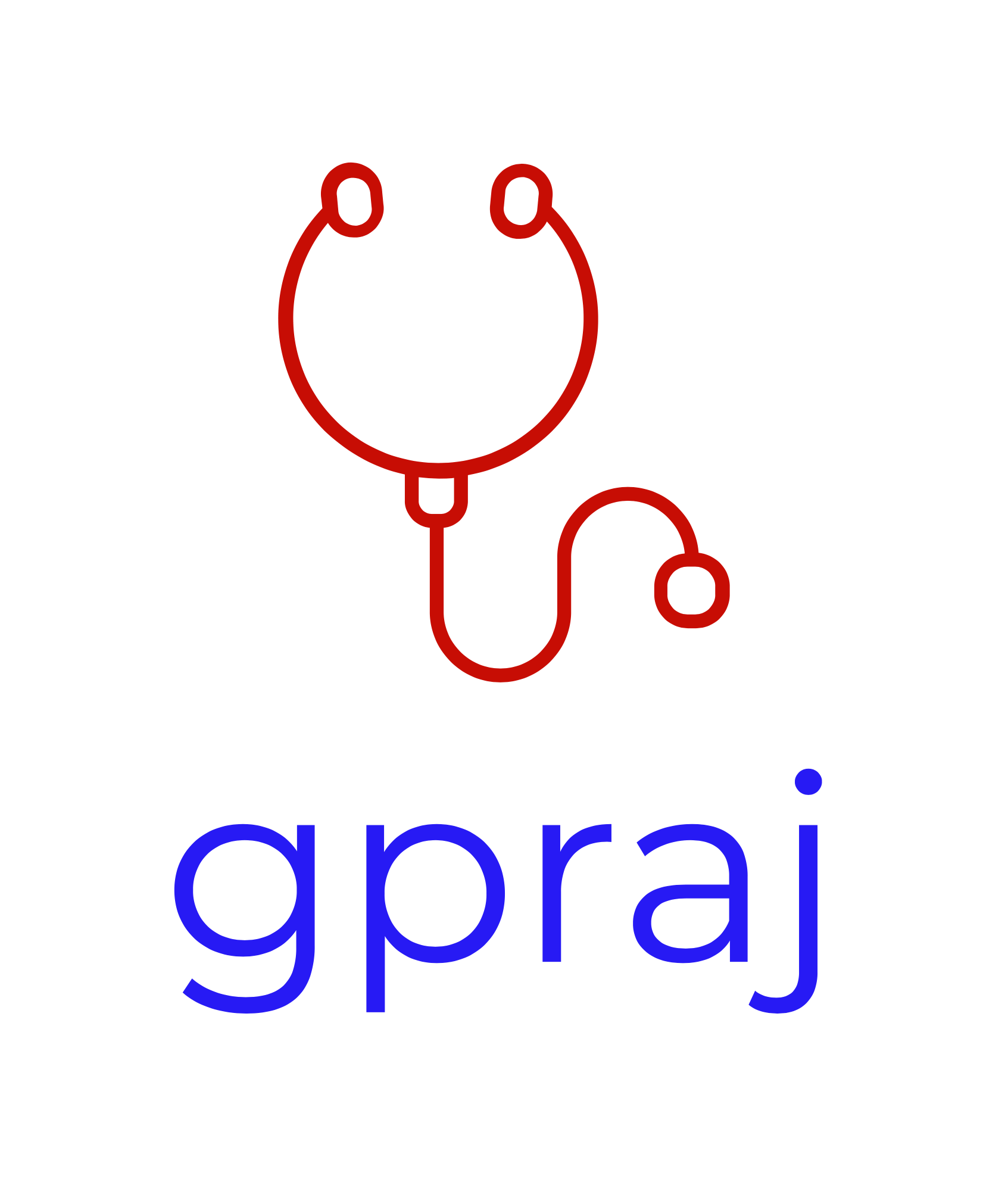Irritable bowel syndrome
Make a diagnosis of IBS if abdominal pain:
Relieved by defecation and/or
Altered stool frequency (increased/decreased) and/or
Altered stool form (hard, lumpy, loose, or watery)
AND at least two of the following:
Altered stool passage (straining, urgency, or incomplete evacuation).
Abdominal bloating
Symptoms worsened by eating
Passage of rectal mucus
AND Alternative conditions with similar symptoms have been excluded.
Rome IV: sub-typing IBS by predominant stool pattern
1. IBS with constipation (IBS-C): hard or lumpy stools for ≥25% of bowel movements and loose (mushy) or watery stools for ≤25% of bowel movements.
2. IBS with diarrhoea (IBS-D): loose (mushy) or watery stools for ≥25% of bowel movements and hard or lumpy stool for ≤25% of bowel movements.
3. Mixed IBS (IBS-M): hard or lumpy stools for ≤25% of bowel movements and loose (mushy) or watery stools for ≤25% of bowel movements.
4. Unspecified IBS: insufficient abnormality of stool consistency to meet criteria for IBS-C, IBS-D, or IBS-M.
History
Type and severity of symptoms
Abdominal pain, bloating, change in bowel habit,
Lethargy, nausea, back pain, headache,
Bladder symptoms (such as nocturia, urgency, and incomplete emptying) Dyspareunia
Faecal incontinenceImpact on daily functioning (home, work, emotional)
Diet: fibre intake, food triggers (such as alcohol, caffeine, spicy and fatty food, lactose-containing foods, or fructose-containing foods)
Food diary (to identify triggers)
General physical health and activity
Symptoms of stress, anxiety, or depression
Family history of bowel cancer, coeliac, IBD, IBS
Red Flags
Symptoms
Fever, malaise, anorexia
Weight loss
Rectal bleeding
Blood-stained diarrhoea
Nocturnal defecation
Fixed location severe abdominal pain (IBS normally has variable quadrant abdominal pain)
Back pain, jaundice, new-onset diabetes and CIBH/weight loss
Dysphagia, upper abdominal pain, reflux, dyspepsia, haematemesis
Signs
Jaundice, Clubbing
Abdominal or rectal mass
Abdominal tenderness, hepatomegaly, splenomegaly, ascites
Extra-intestinal manifestations, including abnormalities of the joints, eyes, liver, and skin
Investigations
Iron-deficiency anaemia
Raised platelet count
Jaundice
New-onset diabetes
Examination
Check the weight, calculate the body mass index (BMI), and assess for unintended or unexplained weight loss
Palpate the abdomen for signs of tenderness or masses
Perform a rectal examination, to exclude perianal or rectal pathology
Investigations to exclude alternative diagnosis
FBC
Ferritin, B12, folate, Vitamin D
UEs, LFTs, Calcium
TFTs
ESR, CRP
Coeliac: Anti-TTG antibodies
CA-125 if female age>40y
Stool: Faecal calprotectin, FIT (faecal occult blood)
(Stool examination positive for ova and parasites or stool antigen detection positive for G lamblia)
Differential diagnosis
Malignancy (colorectal cancer, small bowel cancer, lymphoma, ovarian)
Coeliac disease and non-coeliac gluten intolerance
Inflammatory Bowel Disease (Crohn’s, UC)
Diverticular disease
Pancreatic exocrine insufficiency from chronic pancreatitis, cystic fibrosis, obstructive pancreatic tumours, coeliac disease, Zollinger-Ellison syndrome, and gastro-intestinal or pancreatic surgical resection [faecal elastase test]
Gallstones
GORD/Peptic ulcer disease
Thyroid disease
Small intestinal bacterial overgrowth- abdominal bloating and diarrhoea [hydrogen breath test]
Lactose intolerance [hydrogen breath test]
Bile acid malabsorption- diarrhoea
[reduced serum fibroblast growth factor 19, elevated 48hr stool collection for total bile acids, less than 15% retained 23-seleno-25-homotauraocholic acid SeHCAT test one week after ingestion, empiric trial of bile acid binder like colestyramine or colesevelam in IBS-chronic diarrhoea]Microscopic colitis
Management
Lifestyle
Regular meals with a healthy, balanced diet
Adjust their fibre intake according to symptoms (discourage insoluble fibre such as bran).
Drinking an adequate fluid intake
Avoid excess alcohol, fizzy drinks, artificial sweetener, restrict tea/coffee to 3 cups per day
Encouraging regular physical activity and weight managementProbiotic supplements (DAILY, at least 4w trial) Bifidobacterium infantis
Predominant abdominal pain:
Antispasmodic mebeverine, hyoscine
Peppermint oil as drops or enteric coated sustained release tablets
Low-dose TCA Amitriptyline 10mg-30mg at night
Selective serotonin reuptake inhibitor (SSRI), such as citalopram or paroxetinePredominant diarrhoea/bloating:
Reduce insoluble fibre (wholemeal, high-fibre flour, bran, whole grains such as brown rice)
Loperamide given after a loose stoolPredominant constipation:
Increase soluble fibre: oats, linseed
Increase soluble fibre: Ispaghula husk bd; Bisacodyl 10-20mg at night; Movicol; Docusate
No response after 6 months: Linaclotide or Prucalopride (short term trial with f/up to check effectiveness)Exclusion diets, such as low FODMAP (fermentable oligosaccharides, disaccharides, monosaccharides, and polyols) diet.
AVOID High FODMAP-foods: fruits (apples, cherries, peaches, and nectarines); artificial sweeteners; most lactose-containing foods; legumes; some green vegetables (broccoli, Brussels sprouts, cabbage, and peas).Specialist gastroenterological referral
Hypnotherapy and CBT
